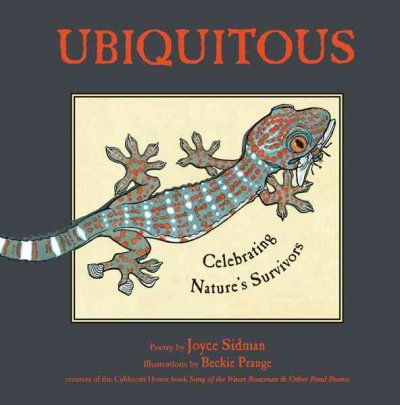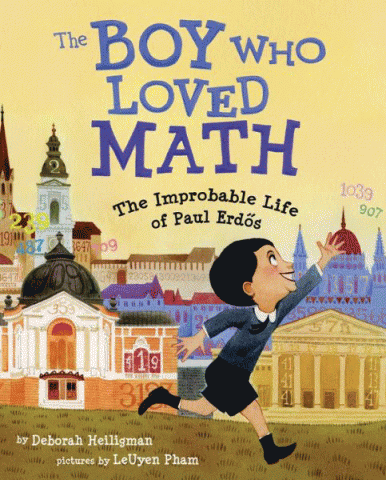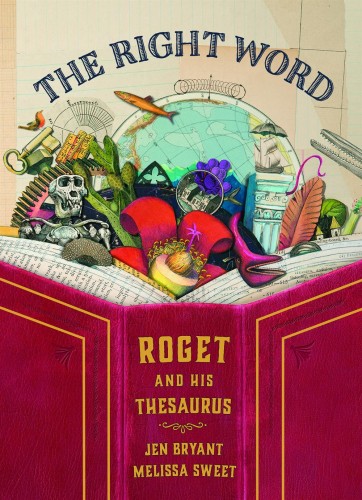
Nonfiction 10 for 10 event is back for a third year! How happy am I to celebrate fantastic nonfiction picture books? Well, that is a silly question! Ecstatic of course.
Thank you to Cathy Mere from Reflect and Refine, Mandy Robek of Enjoy and Embrace Learning and Julie Balen of Write at the Edge for hosting this meme. Click here to read all of the top ten lists shared.

For the first year of #nf10for10 I shared favourite nonfiction titles – many that I have used with my class over the last few years in a variety of ways. Last year, I chose to focus on nonfiction picture book biographies that feature inspiring women.
This year I am sharing my favourite nonfiction titles that allow us to think about something from a completely new or different perspective.
These books all allow us to look at the subject in a new way. It might be offering us an alternative glimpse of an animal or phenomenon. Maybe the book answers a question you never even knew you had. Or perhaps your learning gets turned on its head. All of these books had this impact on me.
Neighborhood Sharks: Hunting with the Great Whites of California’s Farallon Islands by Katherine Roy
I freely admit that I think sharks are one of the most truly terrifying creatures. But this book captivated me. Its mixture of gorgeously painted illustrations, detailed relevant diagrams and the story of how the great whites who hunt in the Farallon Islands hunt so successfully, kept me reading and interested to the final pages.
Different perspective? Think about the shark beyond its frightening predator status.

How Big Were Dinosaurs? by Lita Judge
Each dinosaur featured here is drawn next to something that children already know to allow them to imagine the exact size of the dinosaur. For example, the velociraptor was only the size of a modern day dog. The image shown is of a velociraptor on a leash near by a dog also out for a walk. So engaging
Different perspective? Allows the reader to imagine what it might be like to have dinosaurs around now by providing a sense of their size in reference to what we know. Dinosaurs, for a moment, materialize beside us rather than lay down in fossilized form in a photograph or drawing.

Weeds Find a Way written by Cindy Jenson-Elliott and illustrated by Carolyn Fisher
Lyrical and visually stunning. I now love the weeds in this book but still battle with those in my garden. Those weeds that seem to always be winning. They seem to find many a way.
Different perspective? It is possible to see the beauty and the tenacity in weeds. Seeing beauty where one previously did not. I appreciated Holly Mueller‘s view on this book – that it lets you look at weeds as children do. First, with appreciation.

No Monkeys, No Chocolate written by Melissa Stewart and Allen Young with illustrations by Nicole Wong
What a rich engaging information story book. The reader is quickly wooed by a page of delicious desserts and treats with chocolate as a main ingredient . . . but where does chocolate come from? We travel to the rainforests of Central and South America and learn the very complicated series of natural events that make it possible to harvest the cocoa bean.
Different perspective? The amazing learning here is about how nature is not about isolated events or lone miracles but how a chain of events with each piece dependent on many others is necessary in order for things to happen. This book illustrates this to children in a way that makes this concept truly accessible and clear.

A Leaf Can Be . . . by Laura Purdie Salas and illustrated by Violeta Dabija
Beautiful nonfiction describing and hinting at all of the roles leaves can play – from “rain stopper” to “shade spiller” and many more.
Different perspective? The different perspective here is simple and complicated all at once – stretching the imagination. Absolutely beautiful.

Handle with Care: An Unusual Butterfly Journey written by Loree Griffin Burns with photographs by Ellen Harasimowicz
The most special thing about this title is that it answers a question that few children might have imagined: How exactly do butterflies get to live exhibits in the north? Many children have been to Science Centres and Natural History Museums that might house live exhibits. Where do those butterflies come from? How do they get there? This title tells that story.
Different perspective? Poses and answers a question readers have not even entertained.

Ubiquitous: Celebrating Nature’s Survivors poems by Joyce Sidman and illustrated by Beckie Prange
Poet and artist celebrate nature’s successes. Who has been around for a long time and continues to thrive? Introduced in order of their evolutionary arrival, read poems and facts about such creatures as the squirrel, ants, geckos and diatoms. Fascinating and a lyrical experience all at once. Blending of art, poetry and nonfiction.
Different perspective? We often think about endangered animals (as we should) but this book allows us to think about those creatures and life forms that have survived and thrived. What are their secrets?

Feathers Not Just for Flying written by Melissa Stewart and illustrated by Sarah S. Brannen
Such a beautifully written and organized book – almost like a nature journal or a scrap book. Read about sixteen birds in particular as you learn about different ways feathers are used. Perfect as an interactive read aloud experience.
Different perspective? Stretches the reader’s imagination to think about various ways feathers are useful and needed for various types of birds. Many would not even have been considered.

One World, One Day by Barbara Kerley
Spectacular photographs showcasing the daily routines that many of us share – all a little different in different places but yet, so much the same.
Different perspective? The more we think we are different, the more we realize we have much in common. A wonderful reminder of this.

Bone by Bone: Comparing Animal Skeletons written by Sara Levine with illustrations by T.S. Spookytooth
How do our bones function within our skeletal system? What about compared to animal skeletons. What if we didn’t have certain bones or what if they were much different than they are? Can you imagine if we had extra bones attached to our spine? We’d have a tail! And what would that be like?
Different perspective? We often don’t think about our bones, their purposes and what it would be like if they were different. Fascinating questions to help us learn about the body (both human and various animals).

The Boy who Loved Math: The Improbable Life of Paul Erdos written by Deborah Heiligman and illustrated by LeUyen Pham
This is a fascinating biography that not only makes math seem absolutely engrossing but gives us a glimpse into a mind that was truly one track. A beautiful balance between the mathematical life and the other life of Paul Erdos. Accessible and intriguing for younger readers/listeners. A definite book to be explored multiple times.
Different perspective? The everyday, human side of genius. Revealed that when we are really good at one thing, we may not be good at other things (like laundry).

Are there books that fit this theme for you? That transformed your thinking about something? All of these titles to me highlight the amazing power of nonfiction picture books to teach and inspire us. When we are reading and sharing these books, we are always part of the learning journey.













































































